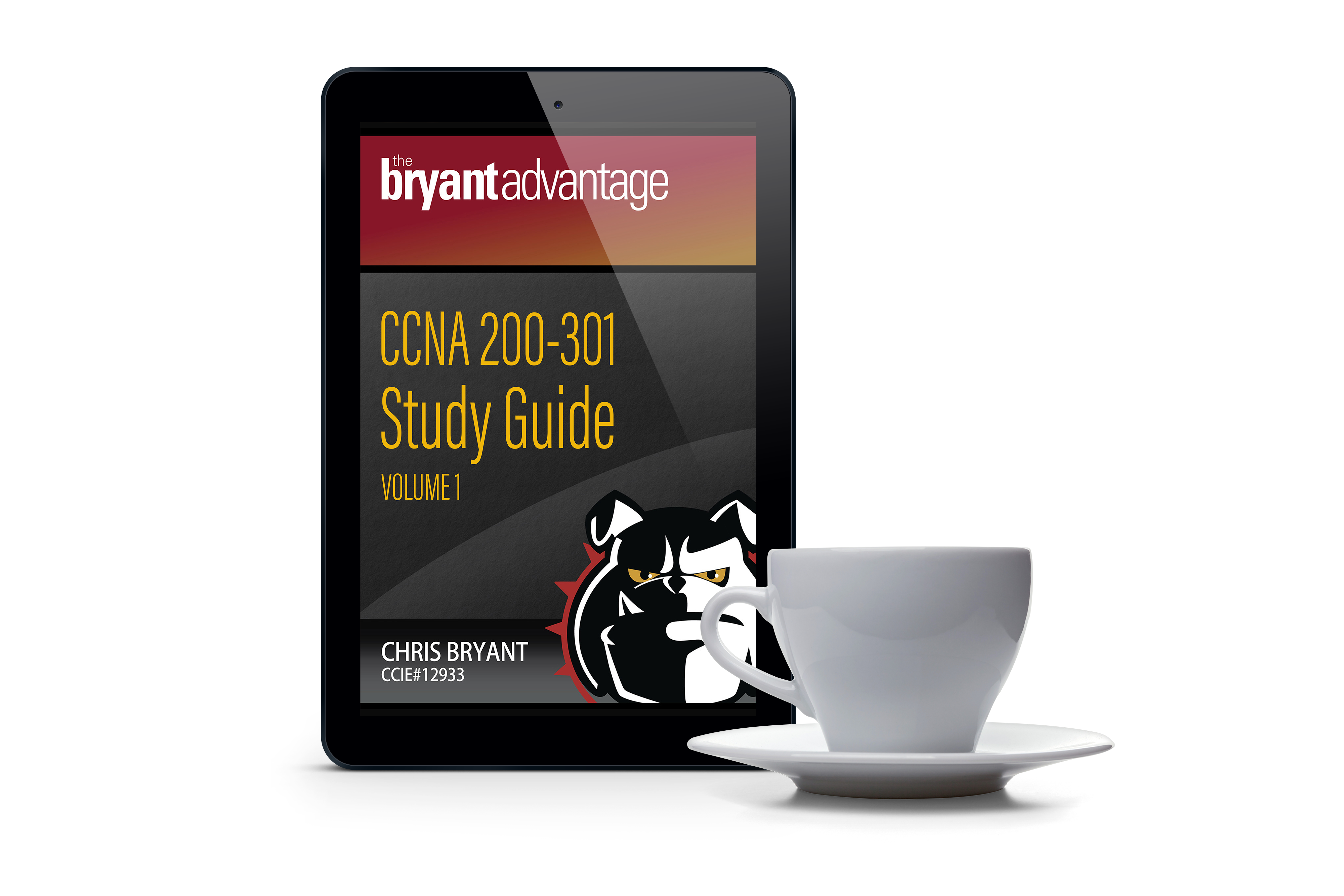CCNA 200-301 And Network+ N10-007 Practice Exam: Spanning Tree Protocol Fundamentals
Hey Bulldogs!
Welcome to today’s CCNA and Network+ Practice Exam on the Spanning Tree Protocol. I’ll have a couple of exams for you on this important topic this week, and my all-new and all-free CCNA STP Video Boot Camp launches later this week (or early next week, that’s up to Udemy, the hosting company). More on that later – right now, let’s dive into the exam on STP Fundamentals, and tackle more CCNA Practice Exams when you’re done!
Question 1:
Which of these network problems is STP specifically designed to prevent?
A. routing loops
B. split horizon
C. administrative distance issues
D. switching loops
E. route poisoning
Question 2:
What switches originate Configuration BPDUs?
A. Root bridges only.
B. Non-root bridges only.
C. Both root and non-root bridges.
D. Neither root nor non-root bridges.
Question 3:
STP convergence is said to have been reached when every port in the network is in which of the following states? Choose two.
A. blocking
B. listening
C. learning
D. forwarding
Question 4:
You have three switches fighting it out for the role of root bridge of VLAN 1. They all have the Cisco default priority of 32768. With that in mind, what value will now determine which switch becomes the root?
A. Highest MAC address
B. Lowest MAC address
C. Highest IP address
D. Lowest IP address
E. Highest port number
F. Lowest port number
Question 5:
Which particular STP port state is described here?
“A port that cannot forward frames not receive them, and so cannot learn MAC addresses dynamically. It can, however, accept BPDUs.”
A. blocking
B. forwarding
C. listening
D. learning
E. disabled
Coming In March 2021!

Once you’re done checking out the answers below, head out to my YouTube channel! I’m posting new Video Practice Exam questions daily, along with new CCNA Command References and occasional live appearances by yours truly. Come on out and subscribe!
Chris Bryant’s CCNA YouTube Channel
And now… the answers!
Answer 1: D. STP is specifically designed to stop switching loops. STP has nothing to do with routing loops (an excellent tip to remember on exam day!)
Answer 2: A. Only root bridges originate Configuration BPDUs. The non-roots will forward those same BPDUs, but they will not originate their own. (See why in my free STP course, coming next week!)
Answer 3: A, D. STP has fully converged when every port in the network is in either blocking or forwarding mode.
Answer 4: B. Unlike eBay, where the highest bid wins, the STP root election is won by the switch with the lowest BID. The BID consists of the switch’s priority followed by the MAC address. If all switches have the same priority, the device with the lowest MAC address will win the election.
Answer 5: A. Ports in blocking mode can’t do much of anything except accept BPDUs.
That’s it for today! See you on YouTube with new videos today, and I’ll see you on my main CCNA Practice Exam page later today with a brand-new test!
Thanks for making my work part of your success story!




